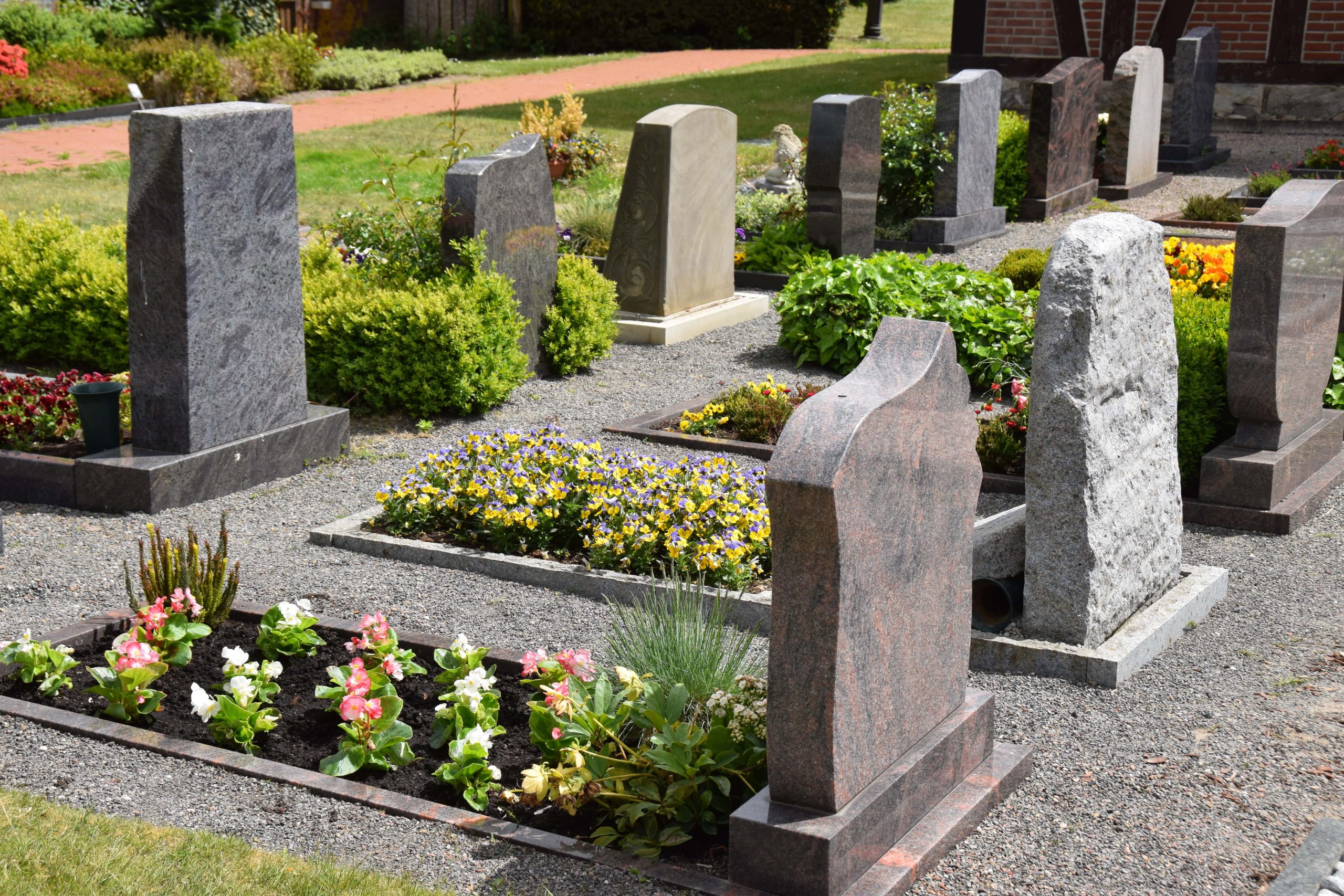
If you’re reading this, you or a loved one have either recently received a terminal diagnosis or have experienced a sudden decline in health. Most likely, your entire family is experiencing sadness, disbelief, extra levels of stress, and lots of emotional strain. To help you through this difficult season, hospice care may be just what your family needs. But what are the eligibility requirements? Who qualifies and how? Let’s take a deeper look.
Two Basic Eligibility Requirements
1. Certification of Illness
A person is eligible for hospice if they have been diagnosed with a terminal illness and given a life expectancy of six months or less if the disease runs its expected course. The hospice medical director must agree with the doctor’s assessment.
When determining eligibility and certifying illness, the primary physician and hospice medical director often look for three indicators: 1) a patient’s lack of improvement despite treatment, 2) a patient’s goal becomes comfort rather than cure, and 3) acute health events, like heart attack or stroke.

Some common health symptoms that indicate a patient may qualify for hospice are:
- Frequent hospitalizations in the past six months
- Significant weight loss (10% or more) within the past 3-6 months
- A change in mental, cognitive, and functional abilities
- Increasing weakness and fatigue
- Decreasing appetite or trouble swallowing
- Inability to complete daily tasks, like eating, bathing, dressing, walking, etc.
- Recurring infections or increasing pain
- Insufficient hydration or nutrition
- A desire to stop treatment or to not go to the hospital
With some illnesses, especially those that are long term, the primary physician and hospice medical director will look for specific symptoms to help them determine if an illness has reached an end stage. This includes illnesses like ALS, Alzheimer’s and dementia, lung, heart, or liver disease, HIV/AIDS, cancer, neurological conditions, sepsis, and renal failure.
Let’s move on to the second eligibility requirement.
2. Focus on Comfort Rather than Cure
After an illness has been certified, there is one more eligibility requirement. Before a hospice care team can step in and begin to help the family, the terminally ill person must state that it is their intention to seek palliative care instead of curative care. This means that all care will now focus on improving quality of life and relieving pain rather than on life-prolonging treatments.
For cases when the terminally ill person is unable to communicate or make decisions regarding their own treatment, the person holding a Medical Power of Attorney (often a close family member) can make medical decisions on their behalf and initiate the hospice request.
However, please note that you can stop hospice care at any time. If life expectancy improves or new treatments become available, you can stop hospice care and begin to focus on curative care.

Alternatively, if hospice care isn’t working out for your family for whatever reason, you can stop it and do something else that may work better for your particular situation. If you need to re-enter hospice care at a later date, you can. Just have your doctor and the hospice medical director re-certify the illness.
Once your eligibility is confirmed, you can begin receiving services from your hospice care team. Care usually takes place at your home, but your insurance may cover other options so make sure to ask. To learn more about the basic services available to you through hospice, click here.
What if You Need Hospice Care for Longer than 6 Months?
Great question. Doctors don’t know exactly how an illness will affect each person individually. Because of this, a prognosis of six months may turn into a longer period of time. Hospice prepares for that.
Hospice care is broken up into benefit periods. You can receive hospice care for two 90-day periods, followed by an unlimited number of 60-day periods. However, at the end of every benefit period, doctors reassess and recertify that hospice care is still needed.

If the end of a benefit period is approaching, start the reapplication process 30 days before the next period is set to begin. That will give you time to get everything approved, ensuring there is no lapse in care.
Now that you better understand how hospice eligibility works, please talk with your own or your loved one’s primary physician to determine next steps.
Please NOTE: These eligibility requirements are based on Medicare’s Hospice Benefit. Medicare pays for more than 85% of all hospice fees in the United States. If you have a different health insurance provider, check their eligibility requirements.























































Recent Comments